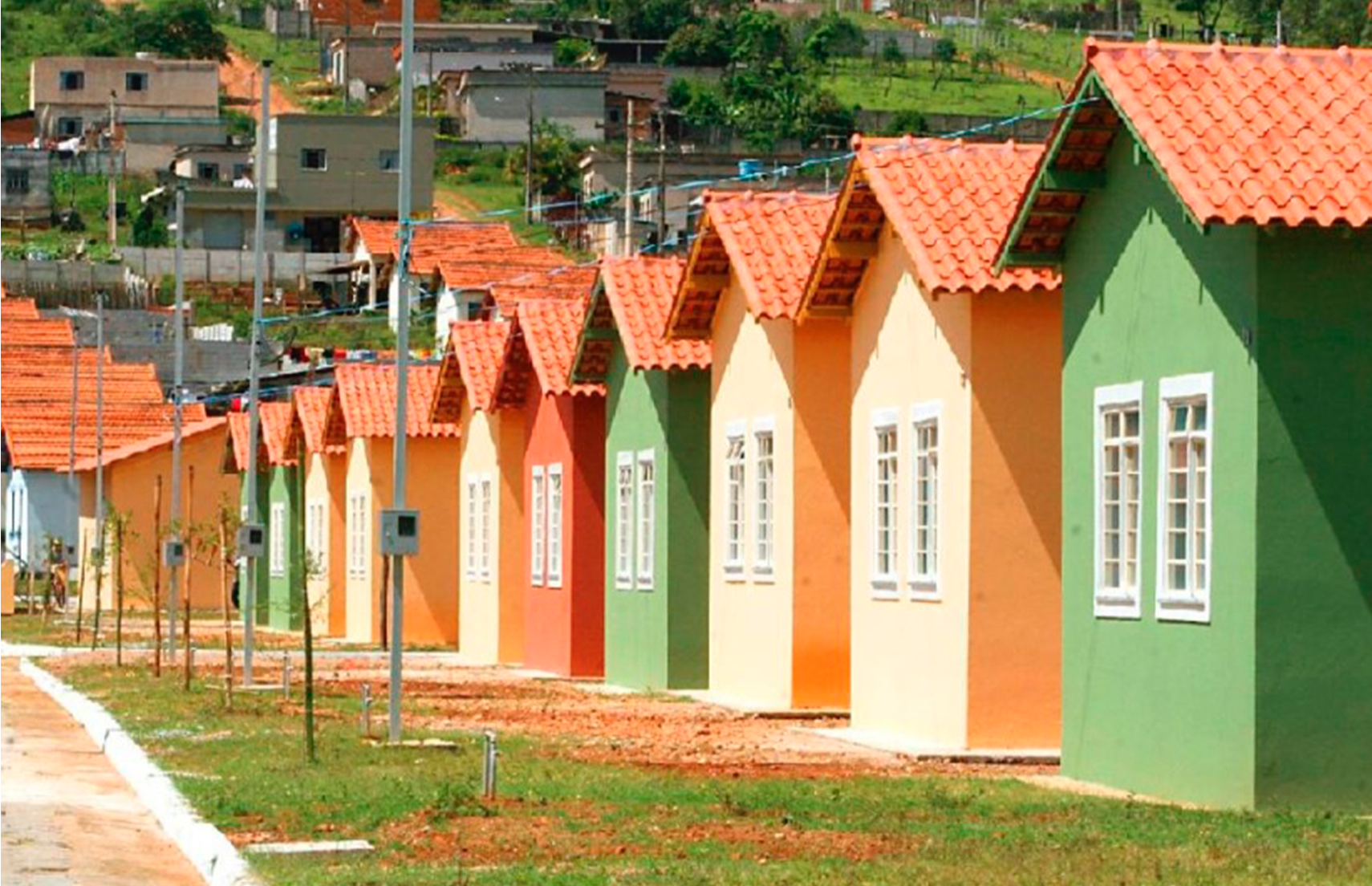Events
End of the world? 'Apocalypse' glacier may be close to collapse
Advertisement
The Thwaites Glacier, which is practically the size of Paraná or Great Britain, is under constant surveillance – and work published in early September shows that part of this gigantic structure could collapse faster than expected.
With the complete melting of this colossus, sea levels could rise by between 0.9 and 3 meters, scientists predict.
And this, in turn, could threaten around 40% of humanity who, according to the United Nations (UN), live in coastal regions or close to the sea.
To reach these conclusions, a group of scientists from several countries decided to analyze the past of this glacier to predict what its future will be like.
The article, published in the magazine Nature Geoscience, details the research work carried out by experts from several institutions in the United States, United Kingdom and Sweden.
They analyzed the seabed near the glacier and the geological formations found there.
To do this, they turned to Rán, an orange motorized robot that can withstand extreme temperatures and pressures.
During a 2019 expedition, the equipment spent 20 hours collecting images and data from the seabed off Thwaites, known in English as Doomsday Glacier.
During this time, he searched an area corresponding to the city of Houston, in the United States, at a depth of 700 meters.
This allowed scientists to gain clues about the glaciers' past, including times when significant retreats and melts also occurred.
“This was an innovative study of the seabed, only possible thanks to recent technological advances“, said physical oceanographer Anna Wåhlin of the University of Gothenburg in Sweden in a press release.
“The images collected by Rán give us important information about the processes that occur at the junction between the glacier and the seabed“, he adds.
Result of studies on the Thwaites glacier
The marine scan discovered 160 parallel ridges that are geological remains in ancient glacial retreats.
“It's like looking at a tide gauge at the bottom of the sea“, summarized marine geophysicist Alastair Graham, from the University of South Florida, USA, and main author of the article.
“I was really impressed by the beauty of the data obtained“, he adds.
According to experts, the new information serves as a kind of “Crystal Ball” about Thwaites Glacier: By revealing what happened in the past, this information helps us understand what could happen in the near future.
At some point in the last 200 years, glaciers lost contact with the sea floor and were retreating (or collapsing) at a rate of 2.1 kilometers per year.
This phenomenon would have occurred in a short period of time, less than six months.
A retreat speed of 2.1 km per year would represent double the rate documented by satellite images between 2011 and 2019.
“The results suggest that the glacier has undergone very rapid retreat over the past two centuries,” concluded Graham.
“Thwaites is really holding its own today, and we must be prepared for big changes in small periods of time in the future – even from one year to the next“, said marine geophysicist Robert Larter, co-author of the paper and member of the research group. British Antarctica.

Obviously, the results need to be confirmed by other studies in this area. However, the research signifies a shift in perspective, experts say.
Antarctic ice sheets were previously thought to be slow to respond to changes in the environment – but recent geological evidence shows this may be happening much faster than expected.
The dumping of billions of tons of ice into the ocean each year amplifies the impact these changes can have across the world, particularly in coastal cities.
Scientists analyzing the region calculate that the total loss of Thwaites and nearby glaciers would mean a rise in sea levels of 0.9 to 3 meters.
See more:
About the author / Tiago Menger
Trending Topics

Bolsa Família 2023: When will the additional amount of R$ 150 be paid?
The extra R$ 150, for children up to 6 years old, who belong to Bolsa Família families, should be delayed until implementation.
Keep Reading
ChatGPT: 3 secret commands to customize the chatbot
Most people use ChatGPT as a question and answer tool, but the AI also has some secret commands.
Keep Reading
Auxílio Brasil: See the payment schedule for December
Caixa Econômica Federal began payments on the last shipment of Auxílio Brasil on Monday, December 12th in 2022.
Keep ReadingYou may also like

Bolsa Família: Registrations must go through a fine-toothed comb in January
On December 26, Wellington Dias declared that the government will carry out a fine-tooth comb process on Bolsa Família registrations.
Keep Reading
Government: Minha Casa Minha Vida can ZERO the down payment, facilitating financing
Government: Buying your own home through Minha Casa Minha Vida is not free, there is a need to pay for the financing installments.
Keep Reading